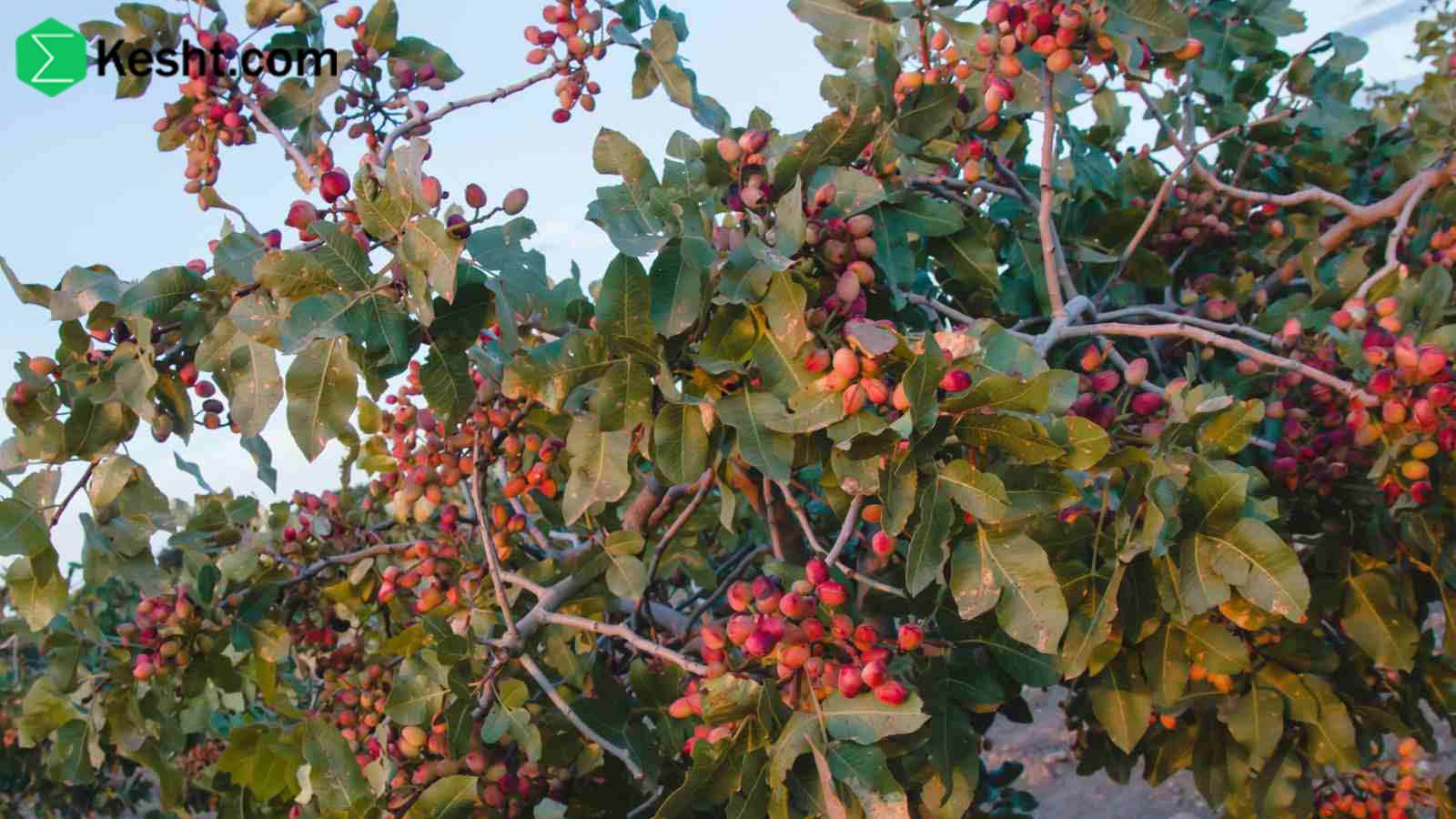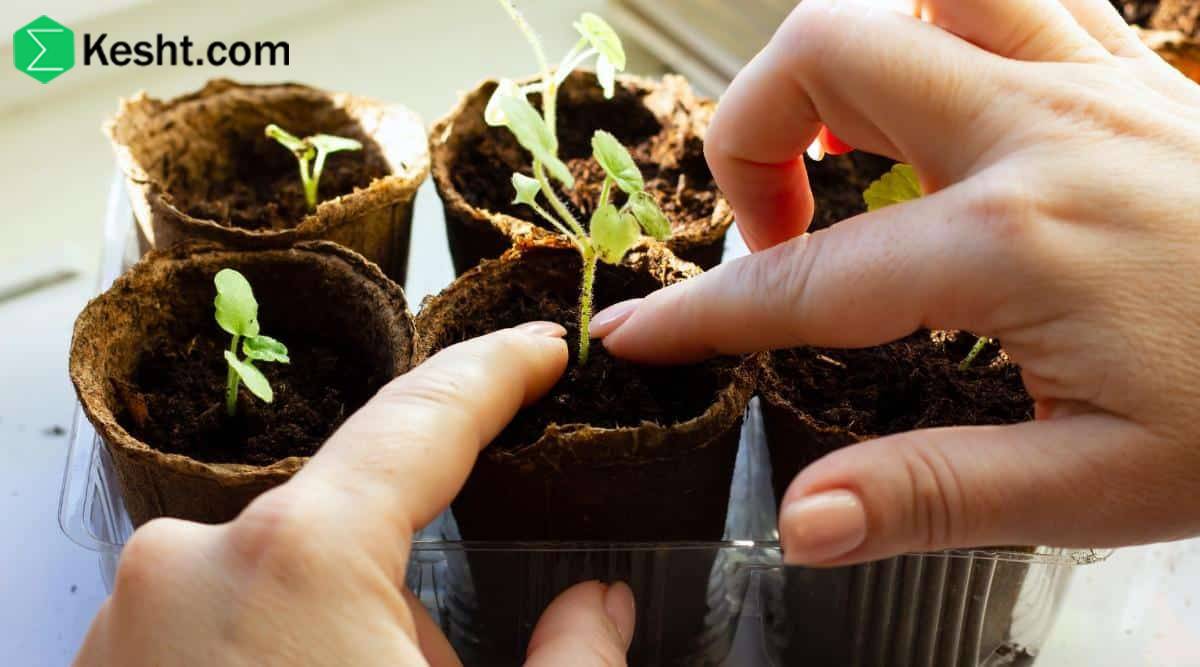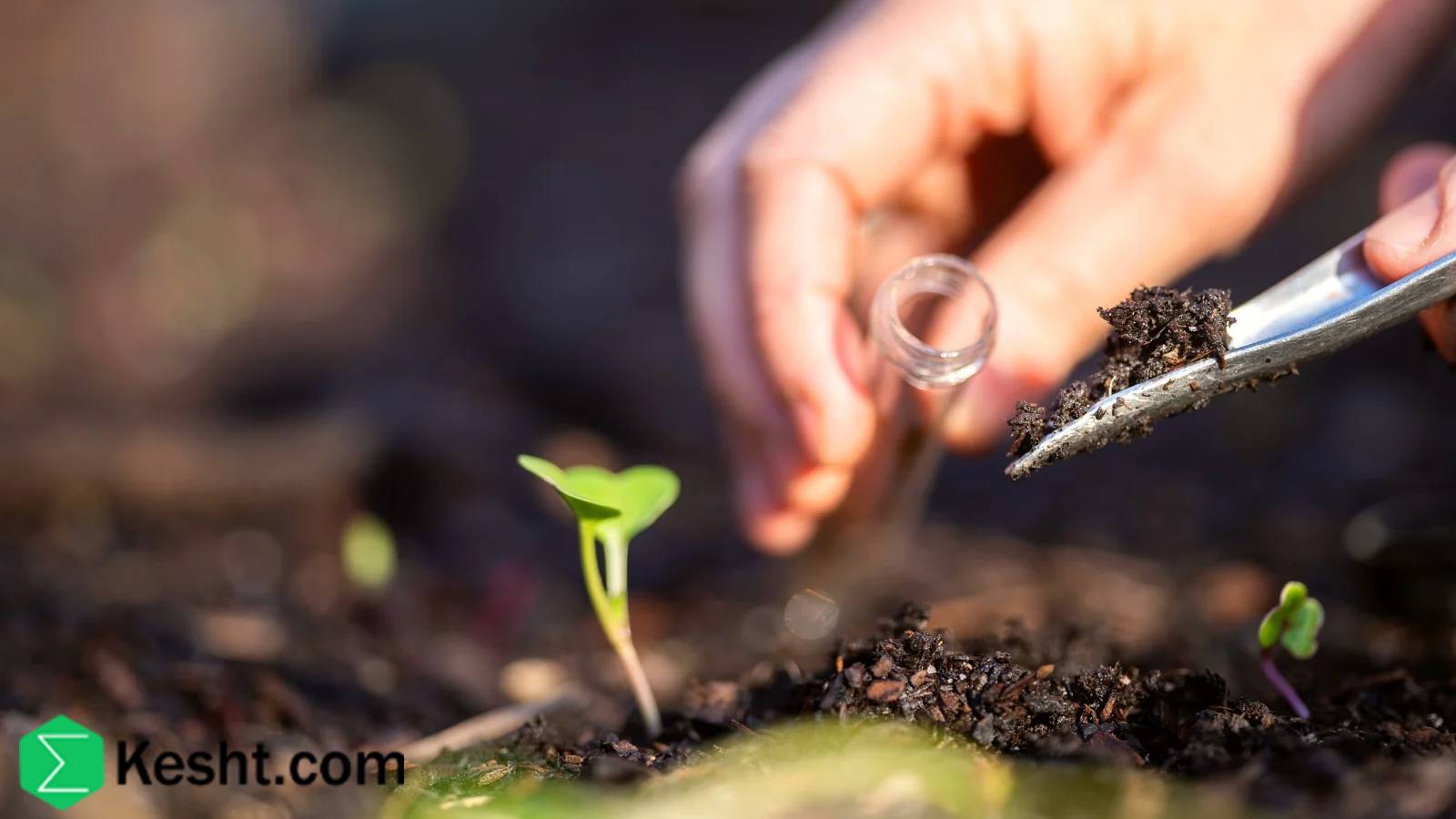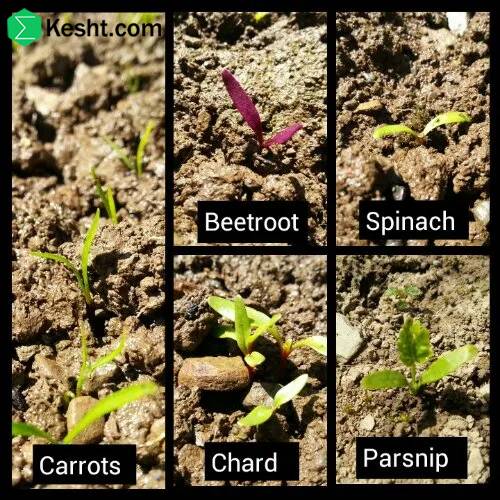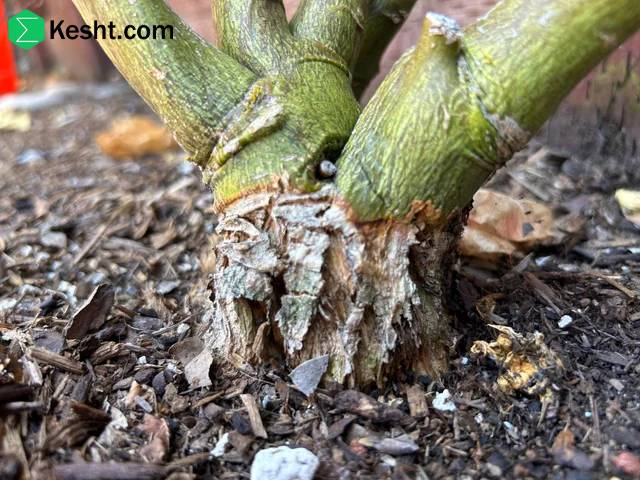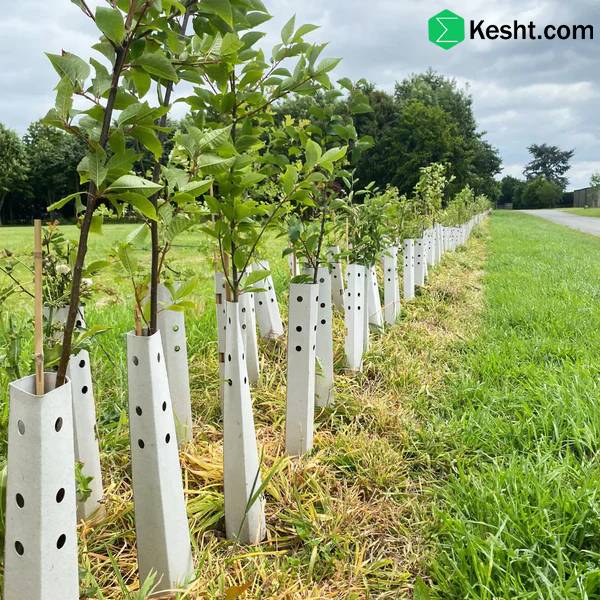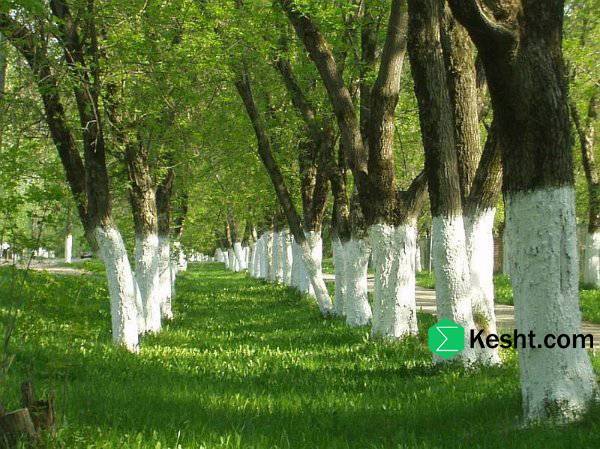Choosing the best pistachio seedling
There is no single “best” pistachio sapling for everyone; the right choice depends on your climate, soil and water quality, local disease pressure, and target market. Here’s a quick summary; with a few questions I can then narrow the choice for your exact site.
Lower-risk, broadly suitable options
- Warm, dry regions with an export market focus: Akbari or Ahmad Aghaei grafted onto beneh (Pistacia atlantica / P. mutica) or the UCB-1 hybrid. These have strong market appeal and good split percentages. If Verticillium is a known issue, prioritize UCB-1.
- Regions with substantial winter chill and spring frost risk: Fandoghi (Ohadi) or Kalleh Ghuchi on beneh or P. atlantica. These combinations are generally more stable. To reduce frost risk, choose later-blooming local selections and male pollinizers with matched bloom timing.
- Higher-salinity water (elevated EC) and calcareous soils: vigorous rootstocks like UCB-1, or in very warm, frost-free areas, P. integerrima can be options; note that integerrima is more sensitive to cold and Verticillium.
If you are interested, it is recommended that you read the following article / article title:
What’s the difference between hybrid and seed-grown pistachio seedlings?
Short comparison of widely planted cultivars
- Akbari: export favorite (long, large kernels), good split percentage. Requires precise irrigation and nutrition; alternate bearing can occur.
- Ahmad Aghaei: bright shell color, visually appealing, tends to bear earlier, high split. Often earlier bloom; higher risk in late frosts.
- Kalleh Ghuchi: jumbo nut size, popular domestically. Higher tendency to alternate bearing; more sensitive to water stress.
- Fandoghi/Ohadi: broadly adapted, stable yields, easier to manage. Smaller size class and lower price than very large types.
Rootstock choice (more important than you might think)
- Iranian beneh (P. atlantica / P. mutica): very well adapted to drought, calcareous soils, and cold. Slower early growth, but long-lived and stable.
- P. atlantica: similar benefits; relatively better Verticillium tolerance than integerrima.
- P. integerrima: very vigorous with decent salt tolerance, but sensitive to cold and Verticillium; recommended only for very warm, frost-free regions.
- UCB-1 (P. atlantica × P. integerrima hybrid): uniform growth, good Verticillium tolerance, strong performance. A modern, dependable choice when sourced from a reputable nursery.
If you are interested, it is recommended that you read the following article / article title:
How to choose the best pistachio sapling
https://ekesht.com/en/blog/how-to-choose-the-best-pistachio-sapling
Healthy sapling checklist
- Certified grafted sapling from a reputable nursery (with phytosanitary tag and cultivar ID).
- Age 1–2 years, collar diameter about 1–1.5 cm, straight, healthy taproot without circling.
- Graft union 15–20 cm above soil level.
- Pollination plan: 1 male for every 8–10 female trees; use two male types (early- and mid-bloom) for better temporal coverage.
How to compare pistachio cultivars: a quick, practical guide
To truly identify the “best” cultivar for your conditions, you need the right criteria and a simple, consistent on-farm comparison method. Below you’ll find a criteria checklist, a small-plot trial method, a scoring matrix, and a summary table for popular Iranian cultivars.
Key criteria to evaluate
- Climate and water fit:
- Spring frost risk and winter chill requirement
- Tolerance to heat/drought and salinity of water/soil
- Phenology:
- Bloom and maturity timing (to escape frost and coordinate pollinizers)
- Yield and stability:
- Average yield per hectare and year-to-year stability (tendency to alternate bear)
- Time to economic bearing (earliness)
- Nut/market traits:
- Size class (e.g., 18–20, 20–22, … nuts/oz), split percentage, blanks, kernel percentage
- Bone-shell color, elongation/roundness, uniformity
- Target market preference (export/domestic/processing)
- Management and health:
- Sensitivity to water/heat stress
- Susceptibility to soilborne diseases (e.g., Verticillium) and pests
- Processing and postharvest:
- Ease of wet hulling, risk of staining, shell whiteness, processing losses
- Pollination overlap:
- Bloom overlap with chosen male cultivar(s) and required male density
- Rootstock compatibility:
- Performance on common local rootstocks (beneh/atlantica/UCB‑1/integerrima)
- Economics and risk:
- Selling price by size/cultivar, availability of true-to-type nursery stock, legal/propagation limits
On-farm comparison method (small, but standardized)
- Number of cultivars: 3–4 candidates
- Hold constant: rootstock, tree age, spacing, irrigation, and nutrition
- Field layout: at least 8–10 trees per cultivar, with 3 randomized replications in a uniform block
- Evaluation period: minimum 3 bearing years (5 is better) to assess alternate bearing
- Data to record each year:
- Phenology: start/peak/end of bloom; harvest date
- Yield: weight per tree (or per row)
- Quality: sample 200–300 nuts per cultivar
- Size distribution (e.g., 18–20, 20–22, 22–24, … nuts/oz)
- Split (%) = (split/total)×100
- Blanks (%) = (blank/total)×100
- Kernel percentage = (kernel wt/dry nut wt)×100
- Health: frost injury occurrence; key pests/diseases (percent of trees affected)
- Processing: hulling time, stained nuts (%), shell whiteness (shop grade)
- Simple indices:
- Alternate bearing index = coefficient of variation of yield over years (lower is better)
- Quality stability = standard deviation of split percentage and size class (lower is better)
If you are interested, it is recommended that you read the following article / article title:
Best practices for caring for pistachio saplings in year one
https://ekesht.com/en/blog/best-practices-for-caring-for-pistachio-saplings-in-year-one
Scoring matrix (example weights)
- Climate/water fit: 25
- Yield and stability: 25
- Quality and marketability: 25
- Disease/stress risk: 15
- Processing/operations: 5
- Nursery access/cost: 5
Score each criterion 1–5, sum the weighted scores for each cultivar. Higher total = better fit for your site.
Snapshot comparison of popular cultivars (approximate; management- and region-dependent)
| Cultivar | Typical size (nuts/oz) | Split (%) with good management | Blanks (%) | Kernel (%) | Alternate bearing | Strengths | Risks |
| Akbari | 18–20 / 20–22 | 85–92% | 2–6% | ~50–53% | Moderate | Highly exportable, long and large nuts | Needs precise irrigation/nutrition; stress sensitivity |
| Ahmad Aghaei | 22–24 / 24–26 | 88–94% | 2–5% | ~49–52% | Low to moderate | Excellent shell whiteness and uniformity; market favorite | Earlier bloom in some regions; late frost risk |
| Kalleh Ghuchi | 20–22 / 22–24 | 85–90% | 3–7% | ~50–52% | Relatively high | Jumbo size; strong domestic demand | More sensitive to water/heat stress; yield fluctuation |
| Fandoghi (Ohadi) | 28–30 / 30–32 | 85–92% | 2–5% | ~52–55% | Low to moderate | Broad adaptation, stable production, easier management | Smaller size class, lower price point |
Additional notes
- Pollination: Plant 1 male for every 8–10 female trees, with bloom timing matched to the female cultivar. Using two male clones with slightly staggered bloom lowers the risk of poor overlap.
- Rootstock and soil diseases: If Verticillium is present or you are in humid/older orchard zones, UCB‑1 usually outperforms integerrima. In colder regions, beneh/atlantica tends to be more durable.
- Target market: Exports favor large, elongated, white shells (Akbari/Ahmad Aghaei); domestic markets often like Kalleh Ghuchi; Fandoghi is reliable and economical for processing.
Data sheet (short template)
- Site/block: … | Year: …
- Cultivar: … | Rootstock: … | Trees evaluated: …
- Phenology dates: bloom start … | peak … | end … | harvest …
- Average yield per tree: … kg | 3‑year yield CV: …%
- Quality sample (n = 300):
- Size distribution: 18–20 …% | 20–22 …% | 22–24 …% | 24–26 …% | ≥26 …%
- Split …% | Blanks …% | Kernel …%
- Processing: hulling time … | stained nuts …% | shell whiteness: excellent/medium/weak
- Health: frost injury (Y/N, severity …) | key pests/diseases: …
If you are interested, it is recommended that you read the following article / article title:
Economic benefits of planting hybrid pistachio seedlings
https://ekesht.com/en/blog/economic-benefits-of-planting-hybrid-pistachio-seedlings
We are the “ekesht” platform — a subsidiary of Samin Atlas Iranians and the only official exporter of BlueLabel seedlings in Iran
Why Blue Label?
Because the world only trusts these seedlings!
Ordinary seedlings (without labels or other labels), even if one of them is infected, can destroy your entire garden — without you realizing it!
But the advantage of Blue Label seedlings:
✅Each of them has a global barcode
✅Tested in advanced laboratories
✅Free from any viruses and microbes
✅The only seedlings that are allowed to be legally exported!
This is important for you if:
- You want to build a garden that is productive and hassle-free
- You are looking for a long-term investment in gardening
- You want to start without stress, without losses, without surprises!
Blue Label seedlings = peace of mind
Because when the seedlings are healthy, the garden stays healthy — and real profits come!
Contact us now — before a random seedling destroys your garden!
Healthy Seedlings = Fruitful Garden = Smart Investment
And that’s exactly what we do at ekesht.
ekesht platform (with fifteen years of practical and successful trade experience with Russia, Kazakhstan, Iraq, China, Turkmenistan, Turkey, etc.) is ready to cooperate with people active in the field of agriculture.
For more information and additional information, please contact us via social media, phone call or email
Phone number:
Email:
Social media address:
